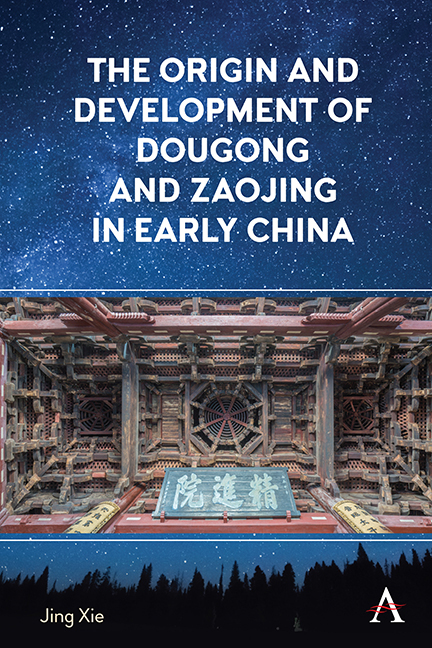Summary
As the two important elements in Chinese architecture, dougong and zaojing are beyond structural or functional necessity, and they are largely absent in most commoner's dwellings—the housing form for the majority in premodern China. Perhaps it is due to their lack of connection with basic needs or utilitarian architectural necessity that their cultural significance, as the connotation of transcendence, can be understood.
To attribute a transcendental quality to dougong and zaojing is because both are transformed from ordinary objects to something extraordinary. Dou in its original text means a ladle that is an everyday living utensil, and the term zaojing was derived from a water well that provided natural resources for daily life. In the process of transformation, arts played an essential role of adopting dou and well in important buildings, and then, within these small cosmoses, uplifting them to celestial bodies. The Chinese longing for heavens, also as a ruling social theme, is evident through the development of dougong and zaojing. As this book has demonstrated, the sources of inquiry extend far beyond architectural purview, involving scholarship in archaeology, philology, sociology, arts, and history. From such multidisciplinary perspectives, I hope that the connection between small architectural elements (i.e., dougong and zaojing) and broad Chinese cosmology can be revealed more fully.
As Chapter 1 has demonstrated, due to very limited textual record from the Shang-Zhou dynasties, pictorial patterns and physical forms of bronze vessels become the main source of inquiry. In these pieces of bronzes and associated ritual ceremonies, there is a strong religious struggle to establish a dialogue with the gods, searching for assurance and blessing. In response to the uncertain living environment, dictated by unforeseeable natural disasters or human wars, the bronze artifacts were solid and tangible, and served as an emotional anchor to the early Chinese in their unstable world. They had a close relation with their contemporaneous architecture too. In this sense, the scholarly claims that the Chinese did not intend to lodge their urban history in buildings, but rather in text as a form of accumulated memories, seems untrue. Such claims can also be contested by numerous solid artifacts, such as stone tombs, reliefs, and pottery models, from the Han dynasty.
As Chapter 2 indicates, both text and material objects flourished in the Han period, both expressing certain worldviews.
- Type
- Chapter
- Information
- The Origin and Development of Dougong and Zaojing in Early China , pp. 105 - 106Publisher: Anthem PressPrint publication year: 2023



